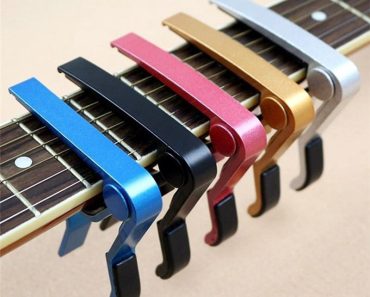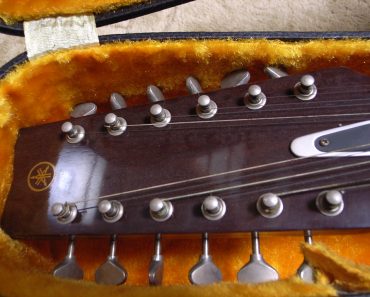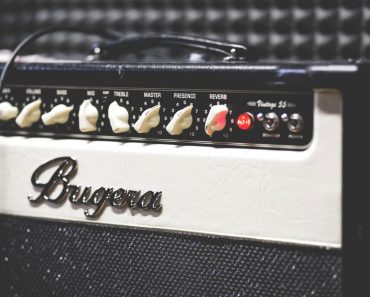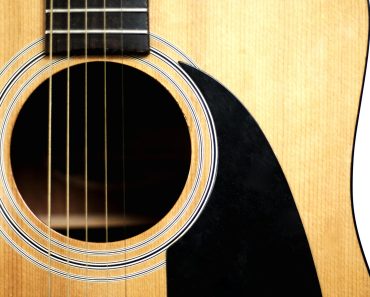These are the most important things to have. Before you start fooling around with strange and unusual sounds, make sure your tone is firmly in place.

1. TUNER
It’s not an exciting first purchase – technically, it makes no sound at all. However, everything sounds better when you’re in tune, especially if you want to play with other musicians or listen to your favourite music! The TU-3 is the industry standard tuner seen on every stage across the world every day, supporting extended-range guitars/basses and flat tuning up to six semitones below standard guitar tuning pitch.
2. OVERDRIVE
The term “overdrive” has a variety of meanings. The piercing, biting, and crunching sounds of tube amplifiers being pushed to their limits are characteristic of electric guitar music. Guitars were originally designed primarily for clean tones. However, guitarists quickly discovered that if they turned the amplifiers up – WAY past their intended specs – the valves became “overloaded” and “clipped,” producing a distinct sound. It was unlike anything they’d ever heard before.
This is where overdrive pedals come in. Overdrive pedals mimic the breakdown of cranked tube amps but in a simple, manageable form as a tiny pedal.
There are two primary methods to utilize an overdrive pedal like the Super Overdrive. The first is to use it with a clean amplifier sound, with the Drive knob set to replicate the sound of an amplifier on the verge of breakup, producing creamy blues tones all the way up to the crunchy classic rock.
Second, run it into an already cranked amp with the Drive knob turned down but the Level high! This will provide your amplifier with a sonic smack in the face that screams high gain while also tightening up the bass and adding a little bit of extra enchantment.
3. DISTORTION / FUZZ
Distortion pedals take over from overdrives, offering a vast selection of hard-edged, chunky palm mutes and bright soaring leads. A distortion pedal is what you need if you want full-on metal saturation and grind but don’t have the money for a high gain amplifier.
When it comes to your first distortion pedal, the Metal Zone is without a doubt one of the most popular BOSS compact pedal models of all time. The tone of an MT-2 is smooth and scooped, with chugging high gain tones. Take precautions, though – because the controls are extremely sensitive, make small incremental changes to the EQ settings and listen to what you’re doing! It sounds best in a clean amplifier environment.
FUZZ
Fuzz is a distant relative of the overdrive/distortion family. While drive/distortion pedals are smoother, fuzz is characterized by a considerably rougher, jagged sound.

4. DELAY / REVERB
A delay pedal creates an echo effect by replicating the input you provide it. In-country music, short delay times or “slapback” are common, while longer delays allow for cascading soundscapes and ambient sounds.
The opening sections of Welcome To The Jungle, featuring Slash’s guitar tone bouncing back at him over and over again, are a good example of delay.
In 1984, BOSS created the first-ever digital delay in pedal form. The DD-3 has become a standard feature of artists all around the world since then, with Tom Morello owning two himself. Despite its longevity (with no complaints), we updated it in 2019 with tap tempo functionality, resulting in the new DD- 3T.
If you want more distinct voices, the DD-8 offers vintage analog and tape delay effects, as well as +reverb modes.
REVERB
The sound that bounces back to your ears off surfaces like walls and the ceiling produces reverb, which is what you hear in a physical room when sounds bounce back to your ears. The amount of reverb you hear indicates to your brain the physical size of the space where the sound is playing; consider how much louder clapping your hands would be in a tiny room vs. a cave or a cathedral. A pedal like the RV-6 can take you from simple room reverberations to massive hall reverbs and more, allowing you to create huge ambient soundscapes!
5. CHORUS
Chorus pedals, such as the classic CH-1, split your signal into many “voices,” modulating their pitch and timbre while delaying them slightly from the main signal. The result is a rich and gleaming ensemble of voices that imitates the sound of many instruments performing the same part. It’s like if you were to sing with a chorus group!



